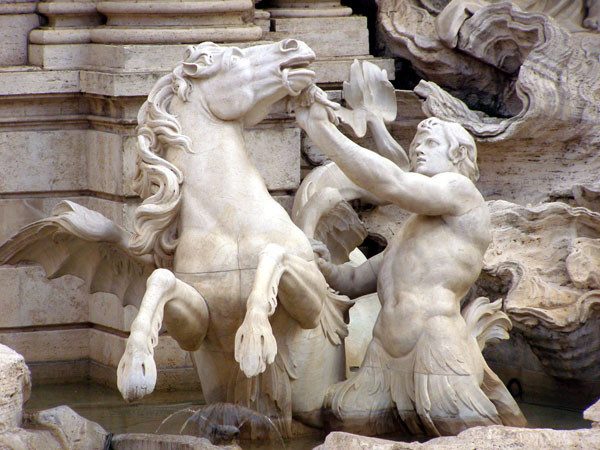14 ½ in (36.2 cm) high, 26 ½ in (66.2 cm) wide, 19 ½ in (48.7 cm) deep
Weight 229 troy oz
George Richard Elkington joined his cousin Henry Elkington in the 1830s to form G.R. Elkington & Co., manufacturers of gold, silver and silver-gilt wares in Birmingham. Though he took out patents in 1836 and 1837, G.R. Elkington did not perfect the process of electroplating until 1840 with the assistance of John Wright (John Culme, The Dictionary of Gold and Silversmiths, Jewellers and Allied Traders 1838-1914, vol. 1, 1987, pp.139-142). The firm quickly grew and additional factories and retail sites were opened in London, Liverpool and Dublin. In 1861, G.R. Elkington broke off an earlier partnership with Josiah Mason and began trading under the name Elkington & Co., which persisted until 1887 when they became a limited liability company.
In 1865 G.R. Elkington died and the firm passed into the hands of his four sons and co-partners. The company carried on producing hollowware, flatware, exhibition pieces and fine items for display and presentation in silver, gold and electroplating. They also produced enamels and bronzes. These general metallurgists had a tremendous output and were the best represented British silversmiths at local, national and international exhibitions from 1840 to 1914, including the Great Exhibition of 1851, Dublin 1853, Paris 1855, The International Exhibition 1862, Paris 1867, Vienna 1873, Philadelphia 1876 and Paris 1878 (John Culme, ibid.). The size and craftsmanship of the present piece suggest it was produced by private commission, or for presentation at an exhibition.















